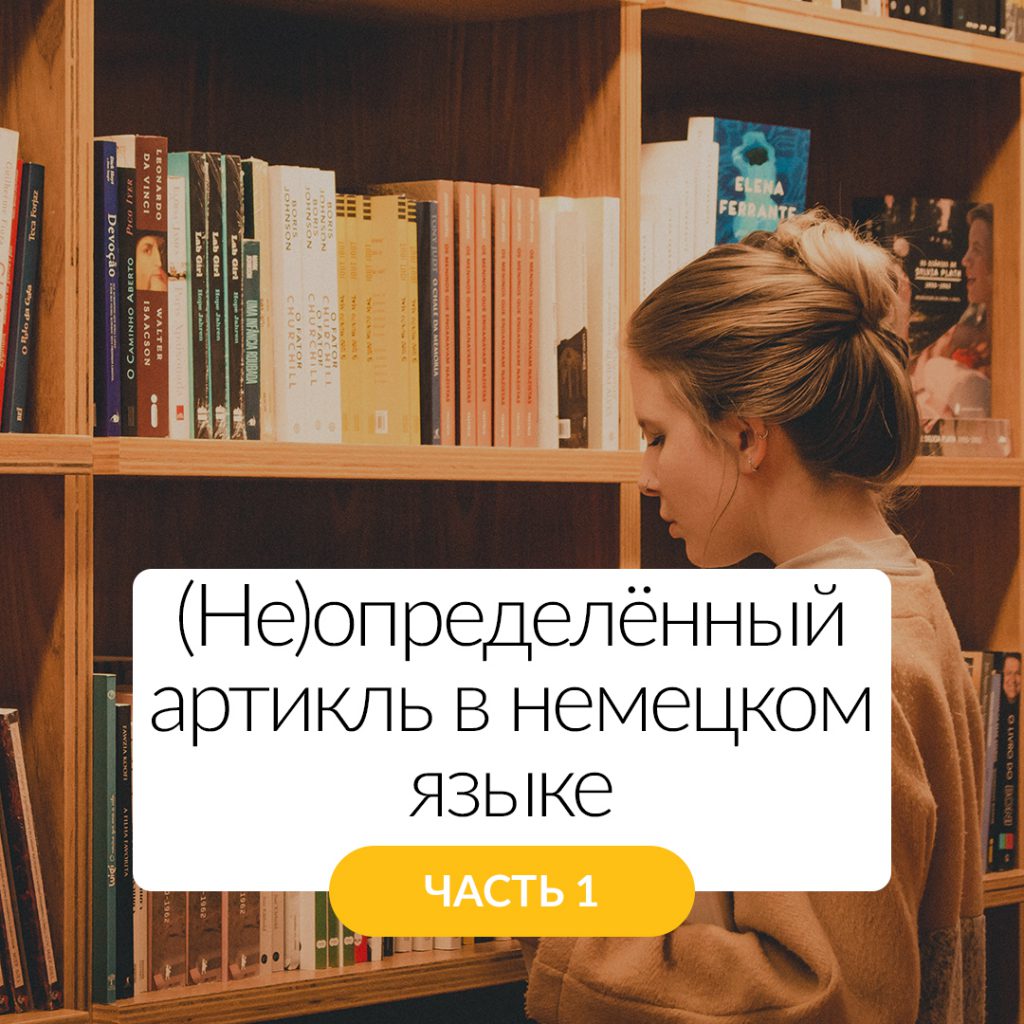SpeakStarter in an accessible language will explain to you a topic that is often problematic and unusual for native speakers in which words have no articles.
“Definite and indefinite articles in German”.
First of all, you need to remember that articles are particles before nouns and they are almost always used, except for words that denote food, substances and abstract concepts. Forgetting articles is one of the most popular mistakes made by foreign students.
There are two types of articles.
Undefined:
“ein” – male and middle childbirth;
“eine” – feminine.
“Ein Kamel” – “one (some) camel.”
Indefinite article for the plural does not exist, because he “ein” – “one”. In this case, the word is used without an article at all.
Definite:
“der” – masculine;
“das” – medium;
“die” – female;
“die” is a plural.
“Das Kamel” – “the same camel.”
The indefinite article is used if:
The subject is not defined, we are talking about it for the first time: “Gibt es hier ein Kamel?” – “Is there a camel here?” (we will ask the zookeeper). We do not mean any particular camel, but anybody at all. By the way, with the “es gibt” we always use the indefinite article, because we deliberately ask about something indefinite.
If the noun designates one thing from the general concept: “Es ist Herman, Herman ist ein Kamel” – “this is Herman, Herman is a camel” (the zoo keeper tells you). Although we already have a specific animal, we mean that Herman is one of a kind of camel. Another example: “Das ist eine Kneipe” – “this is a beer” (not some kind of concrete, but generally beer, one of the beer).
We use the indefinite article in comparisons: “Herman heißt wie ein Mensch” – “Herman is called as a person.” We usually compare with the general, collective concept. Herman has a human name like some (any) person.
But in such cases we use the definite article (“der”, “die”, “das”):
When the subject is already known, we are not talking about it for the first time: “Oh, ich sehe das Kamel schon” – “oh, I already see a camel” (the very camel we talked about all the time).
When we designate an item that is unique in the whole world (“die Sonne” – “sun”, “der Mond” – “moon”), and also when we call the day of the week, month, season or side of the world (“der Montag” – “Monday”, “der Februar” – “February”, “der Sommer” – “summer”, “der Süden” – “south”).
When we use a noun with an adjective in a superlative degree: “Das beste Kamel” is “the best camel” (if it is the best camel, then it is the only one in the whole world, that means it cannot be undefined).
To once again fix everything, we will give another very clear example:
Was machst du? – What are you doing?
Ich lese ein buch. – I read a book (some of the many books).
Wie gefällt es dir? – How is she to you?
Das Buch gefällt mir sehr. – I really like the book (this is this one).
If you mentally substitute in the head “any / some / one of” into the place of an indefinite article and “that” into the place of a definite article, then this will clarify.
Was machst du? – What are you doing?
Ich lese das – I read that very book.
This can only work if you have recently talked about a particular book, you both have it very well and the definite article does not confuse the interlocutor, otherwise he will say: “which book? What are you talking about?”.
We have already said that in some cases we use the zero article (the noun is written without an article), we will put this topic into a separate material and tell you when you do not need the article at all.

